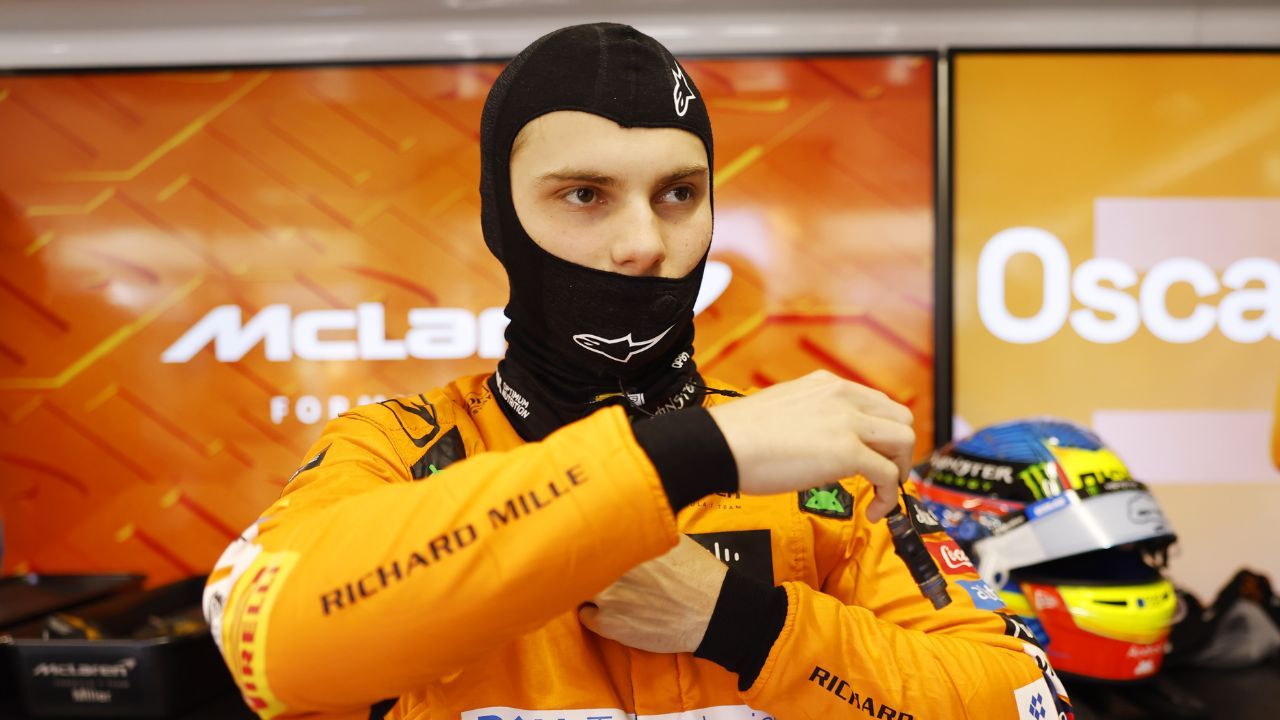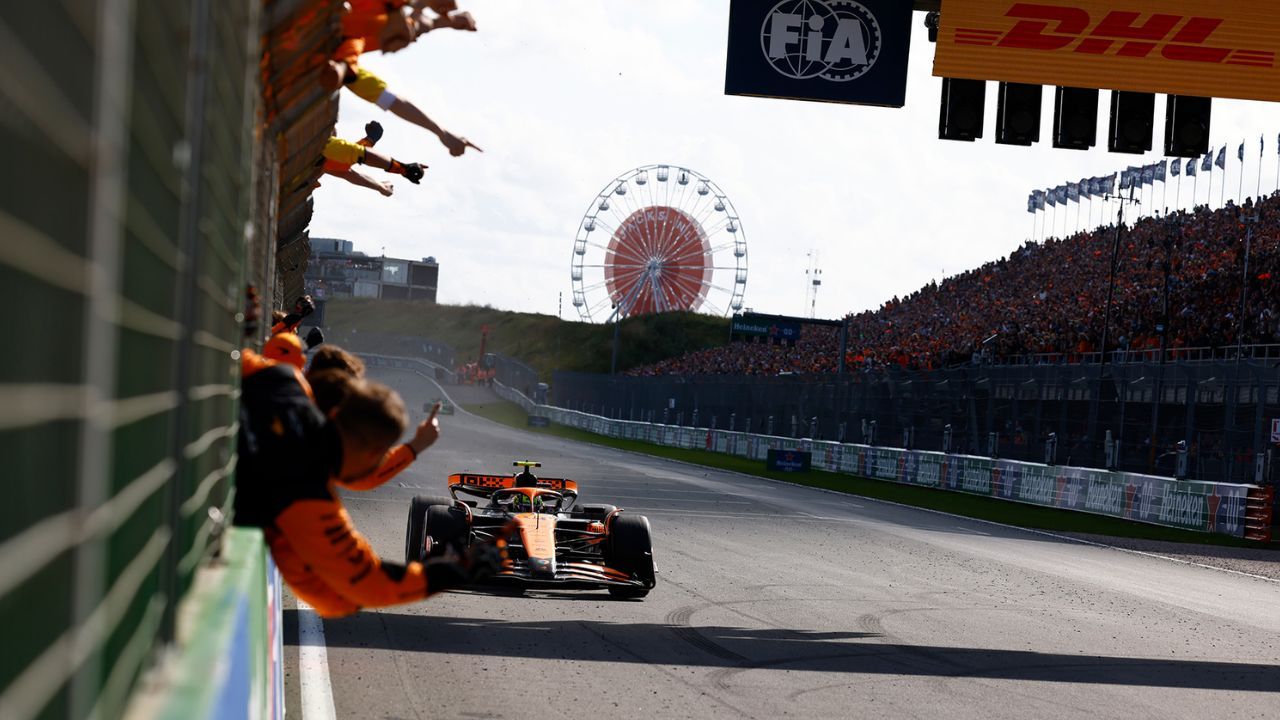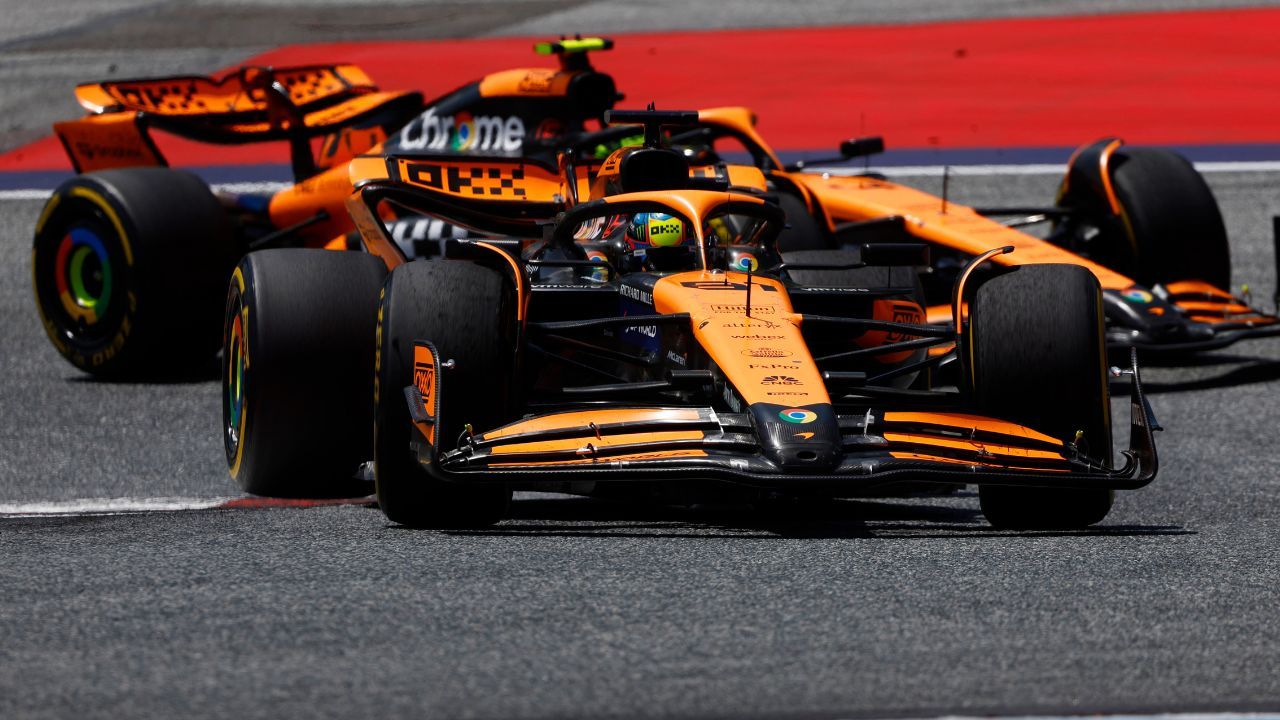McLaren BP23 Hypercar: Preview
The P1’s spiritual successor will be the fastest & most powerful McLaren road car – ever! It’ll be ludicrously fast – the fastest McLaren of all time. Faster than the revered 1993 McLaren F1 with a top speed of 386km/h, which was the first street legal McLaren designed by the legendary Gordon Murray.

The P1’s spiritual successor will be the fastest & most powerful McLaren road car – ever!
It’ll be ludicrously fast – the fastest McLaren of all time. Faster than the revered 1993 McLaren F1 with a top speed of 386km/h, which was the first street legal McLaren designed by the legendary Gordon Murray. Codenamed the BP23, the forthcoming McLaren hypercar will be more of a spiritual successor to McLaren’s current hybrid hypercar, the P1, which generates in excess of 900bhp. That said, the upcoming hypercar draws strong inspiration from its predecessor of the 90s rather than just the P1. For instance, the new car will have a three-seat layout – the driver will take centre stage and will be flanked by two passengers. The BP23 will be a representative of McLaren’s Ultimate Series (featuring the most rarefied and extreme McLaren road cars), and it’ll be the brand’s second ‘Bespoke Project.’ BP23 stands for Bespoke Project 2, with 3 seats.
To ensure that every minute detail is taken care of, the car is being developed by MSO (McLaren Special Operations). The first meeting to decide on the new hypercar project was held in October last year, while the first customer deliveries are expected to begin in 2019.
Only 106 Examples
As far as its style is concerned, the only thing that we’re assured of are its sinuous curves. This rear three-quarter image is the only thing that anyone outside of the development team has seen so far – yes, even its future owners have yet to see it in flesh. Apparently, MSO specialists are already busy working with buyers to tailor each example to their individual tastes. And that’s kind of understood, because each unit is expected to have a sticker price of around €2 million! As exorbitant as that sounds, it’ll apparently be worth it since McLaren is apparently up to something very, very special with this new car. Since only 106 examples will be produced, it’s going to be a rare and unique car for its buyers. But, why just 106 units, you ask. Well, as you would imagine, this number hasn’t exactly been chosen at random – this is the same number of examples as the iconic F1.
At the back of the BP23, you’ll notice a teardrop silhouette, which has two primary goals – improve aerodynamics and rear visibility – which is always a critical issue in the case of mid-engined cars. This is something that’s been borrowed from the newly launched 720S. In fact, the BP23 is also going to share the architecture that integrates part of the roof with the doors (which are hinged on the roof, like the F1). It’s a crucial aspect considering its unusual three-seat layout. What’s more, McLaren doesn’t want to ditch the daily usability of the car. It’s for this reason that its designers describe their new creation as a hyper-GT, and not a ‘hypercar.’ Well, the point they’re trying to make is that it’s a car designed for longer journeys, but with the high levels of performance and driver engagement expected of any McLaren. In order to convince us that it’s a proper GT, McLaren has confirmed that there won’t be a Spider or Racetrack version – such as the P1 GTR, for instance. To make it clearer, Emilio Scervo, the Italian engineer who’s handling the project, used a very effective metaphor to express the BP23’s spirit. He asked us to think of it as a racing catamaran rather than a racing speedboat – “it’s a cheetah instead
of a lion.”
It seems obvious since this is almost a McLaren trademark now, but there’s carbon fibre everywhere. The chassis and body panels will be finished in carbon fibre, the former being an additional evolution of the monocoque chassis that’s currently in its second generation. What about powertrain? As in the case of P1, the basic architecture will be hybrid and that’s that. However, unofficial rumours suggest that an all-electric powertrain will be available in addition to the 4.0-litre twin-turbo V8. As for the V8, it’s the same unit that made its debut with the 720S, generating a power output of approximately 800bhp. Oh, and it’ll have a hybrid motor coupled to it as well. While we don’t have official confirmation, it’s safe to assume that the total system output will hover around the 1,000bhp mark. And that’s not surprising since its competitor from Stuttgart (Mercedes-AMG Project One) has already confirmed that the powertrain of its hypercar will produce over 1,000bhp. Nevertheless, the powertrain and insane amount of aero should help the BP23 touch a top speed of 400km/h, or even more.

Eclectic Spirit
Born in South Africa in 1946, Gordon Murray, between the 70s and 80s, distinguished himself as being one of the most talented and original F1 project managers. From 1986 to 2004, he took over the role of Technical Director at McLaren, where he also looked after road cars. The F1 is the vehicle that represents his work more than anything else.

Worth the dough?
Do you think a proposed price tag of €2 million for the BP23 is outrageous? Well, without a doubt, it’s an insane amount. But, then, it looks quite marginal when you compare it with the €3-4 million that people are willing to shell out to purchase an original McLaren F1.

New Style
The sketch released by McLaren confirms the rumours, and suggests a design language that’s vastly different from the one embodied by the P1. The BP23 features more sinuous lines, and looks far more elegant than the sinister looking P1.
McLaren Special Operations
AN ATELIER WHERE EVERYTHING’S POSSIBLE…

Born in 2011, MSO is the so-called sartorial department of the English supercar marque. Its first product was dubbed the X1 – a one-off that looked like an exaggerated reinterpretation of the Batmobile. McLaren Special Operations consists of five sections – MSO Defined looks after the customisation of models currently in production; MSO Limited specialises in design and production of limited edition versions, including the 650S Le Mans; MSO Heritage focuses on routine servicing or full-on resurrections of iconic McLaren cars like the F1 itself; MSO Programmes manage the track activities for customers who’ve purchased the P1 GTR – a vehicle not suitable for road use; and MSO Bespoke – the division which produced the X1 five years ago – which is now tasked with the production of the BP23.
© Riproduzione riservata
Also read: Land Rover Discovery 4 : First Impressions
















.webp)




Write your Comment on